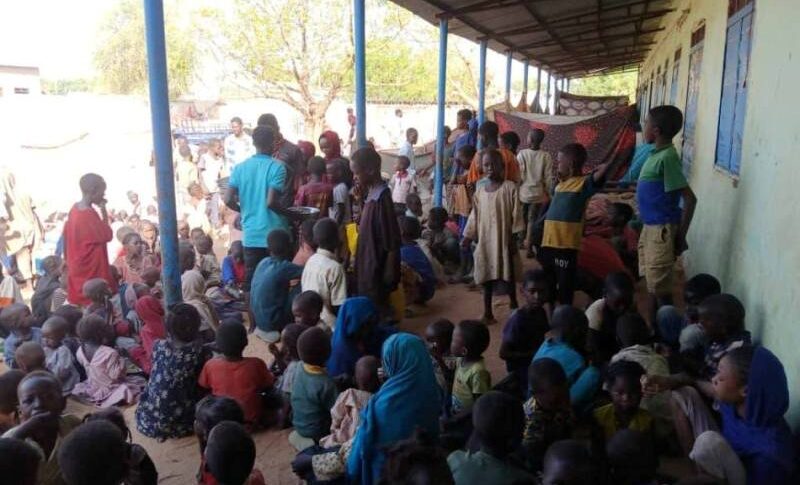A fresh wave of violence in Sudan’s North Darfur has unleashed another refugee crisis, with thousands fleeing across the border into eastern Chad.
The United Nations reports that renewed hostilities, including an attack on the Zamzam Internally Displaced Persons (IDP) camp and El Fasher on April 11, are driving the latest mass exodus.
According to the UN Office for the Coordination of Humanitarian Affairs (OCHA), an average of 740 individuals are crossing into Chad each day since early June, compounding an already dire situation. Eastern Chad is now sheltering over 1.2 million Sudanese refugees — a staggering threefold increase since April 2023.
The region was already grappling with extreme humanitarian needs, and aid organizations warn that more than half of the local population requires urgent assistance. OCHA said in a statement: “The influx of Sudanese refugees and Chadian returnees continues at an impressive pace.”
Humanitarian agencies are battling twin challenges — the volatile security environment and the looming rainy season. Seasonal floods threaten to isolate critical areas, hampering relief efforts. Riverbeds, known locally as wadis, are expected to overflow, complicating the movement of supplies and people.
To manage the swelling refugee population, the UN Refugee Agency (UNHCR) has laid out plans to relocate 130,000 newly arrived refugees away from insecure border zones. In Ouaddaï province, 63,000 individuals will be moved from the overcrowded Adré site — currently housing 173,000 people — to newly established or expanded camps. Another 66,000 will be relocated from Wadi-Fira province.
Chad Expresses Worry Over Refugee Crisis
The Chadian government, alarmed by the scale of the crisis, is urging faster action. Prime Minister Allamaye Halina, in a statement, called for the urgent relocation of refugees from border regions. In response, OCHA is supporting the government’s flood contingency planning, aiming to pre-position essential supplies before routes are cut off.

The eastern provinces of Chad, where these relocations are unfolding, are home to 4.5 million people — nearly a million of whom were already in critical need of aid before the recent crisis erupted.
Violence in Sudan continues to escalate. On Sunday, North Darfur’s governor confirmed that “at least 35 displaced persons were killed and wounded” when the paramilitary Rapid Support Forces (RSF) shelled a shelter at the Ministry of Agriculture building in El Fasher. The attack followed a dawn offensive by RSF fighters, ending a lull during which their strategy had shifted from ground combat to artillery and drone strikes.
“As the militia was retreating following its defeat, it shelled a shelter for the displaced at the Ministry of Agriculture and Animal Resources, which led to the martyrdom of five people and the injury of more than 30 others.”
Governor Al-Hafiz Bakhit
Sudanese Armed Forces and allied units reportedly repelled the RSF’s offensive. According to Bakhit, the fighting persisted until midday, resulting in “dozens of RSF casualties and the destruction and seizure of a large number of military vehicles.” The army’s 6th Infantry Division described the encounter as a “treacherous” assault and claimed victory, noting the destruction of two “Sarsar” armored vehicles.
Inside El Fasher, residents are enduring worsening conditions under a siege imposed by the RSF since April 2024. Basic goods have become scarce, and prices have soared, leaving civilians caught between violent clashes and humanitarian collapse.
With conflict showing no signs of abating, and the rainy season fast approaching, humanitarian agencies warn that the window for large-scale aid interventions is closing.
READ ALSO: Bawku Conflict Deepens Amid Escalating Youth Tensions



















